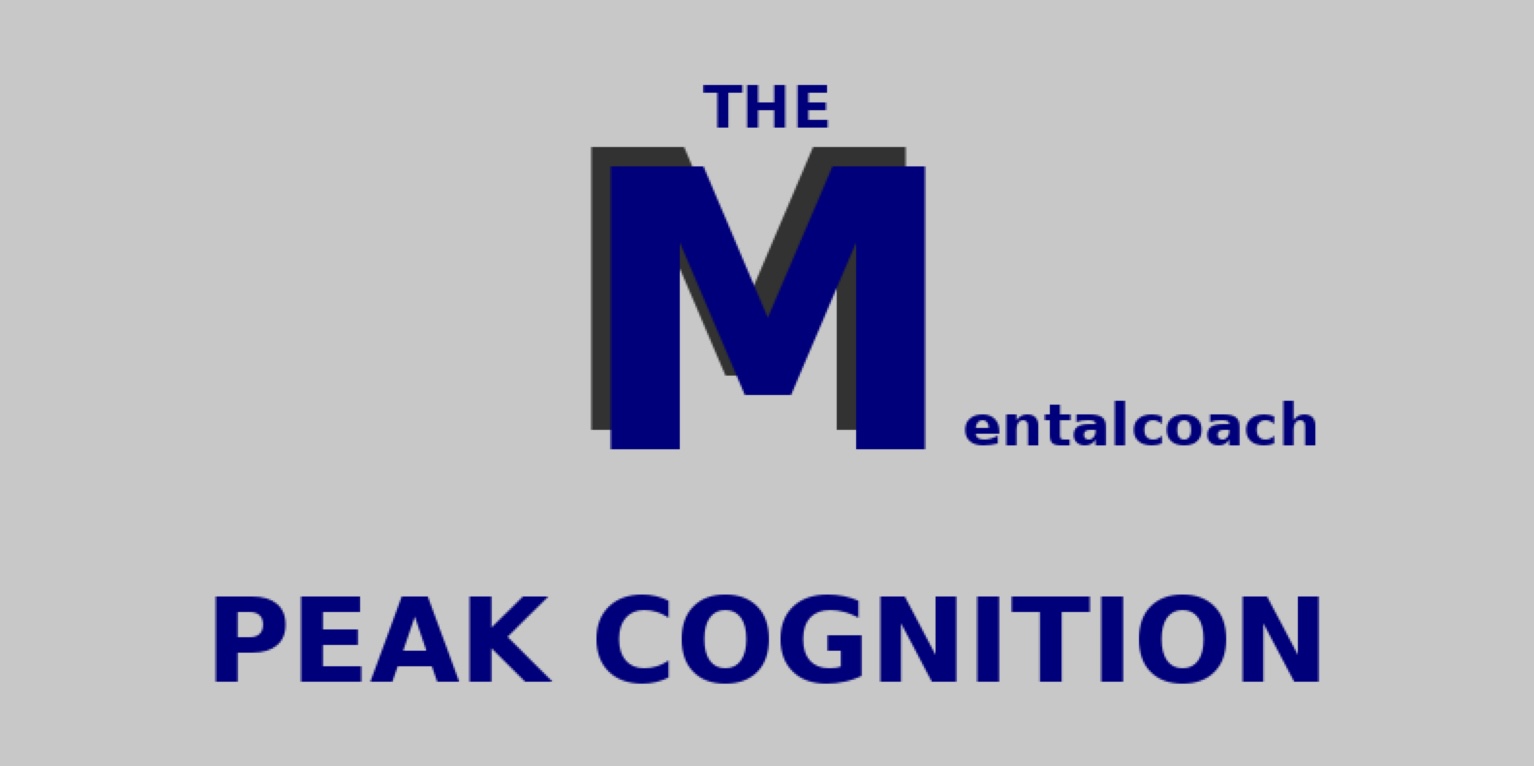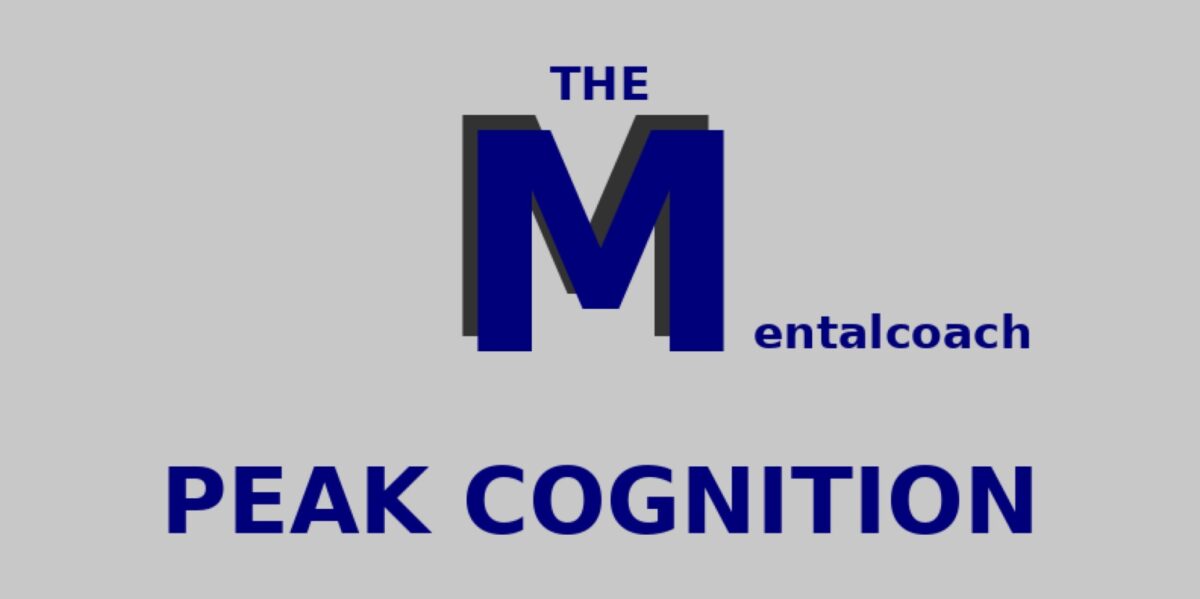Starting from a lower confidence.

The concept of visualization (also known as imagery) and “how much” practice can significantly improve an athletic movement and boost confidence, especially when starting from a lower level of skill or confidence.
- Effectiveness of Visualization in Sports: Visualization is a powerful tool in sports psychology. It involves creating a detailed mental image of performing a specific athletic movement successfully. This practice can lead to several benefits:
- Neuromuscular Benefits: Visualization can activate the same neural pathways as physically performing the movement. This “mental rehearsal” helps to strengthen the neural connections involved in the physical execution of the skill.
- Increased Confidence: Regular visualization can enhance an athlete’s confidence in their ability to perform the movement. By repeatedly visualizing successful outcomes, athletes can build a mental reservoir of positive experiences.
- Anxiety Reduction: Visualization can help reduce performance anxiety. By mentally rehearsing the performance in a variety of situations, athletes can feel more prepared and less anxious.
- Improvement in Technique: Visualization allows athletes to focus on the technical aspects of their movement in a controlled environment. They can mentally rehearse complex movements and refine their techniques.
- The Role of Practice (“How Much”): The amount of practice is also a critical factor in improving athletic skills and confidence.
- Deliberate Practice: This refers to focused, goal-oriented practice with the intent of improving performance. The quality of practice often matters more than the quantity.
- Consistent and Progressive Training: Regular and progressively challenging practice helps in building and refining skills. As skills improve, confidence naturally grows.
- Feedback and Adjustment: Regular practice with constructive feedback allows athletes to make necessary adjustments, leading to gradual improvements and increased self-efficacy.
- Starting from a Low Condition: For athletes starting from a lower skill level or low confidence, a combination of visualization and practical training is particularly effective.
- Small, Achievable Goals: Setting small, attainable goals can help in building confidence gradually. Achieving these goals provides positive reinforcement.
- Positive Self-Talk: Encouraging self-talk can complement visualization and practice by reinforcing self-belief and determination.
- Patience and Persistence: Improvement in athletic skills takes time and persistence. Athletes should be patient with themselves and acknowledge that progress is a gradual process.
In conclusion, visualization, when combined with deliberate and consistent practice, can significantly improve athletic movement and build confidence, especially for athletes starting from a lower baseline. This holistic approach addresses both the mental and physical aspects of athletic performance.

